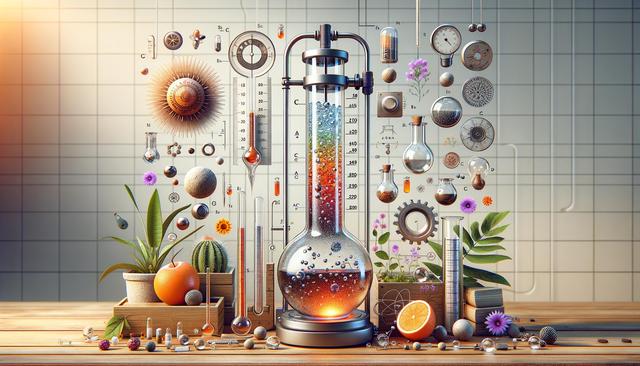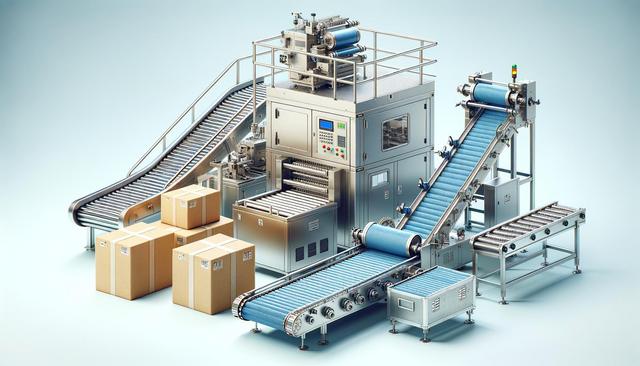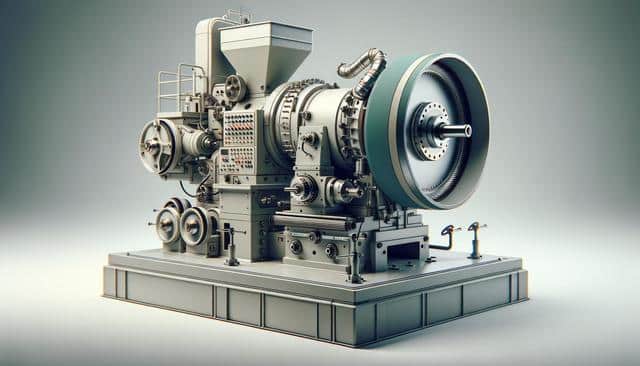
Unlocking Thermodynamics: The Role of Glass Calorimeters
Understanding the Basics of Calorimetry
Calorimetry is a branch of thermodynamics focused on measuring heat changes in physical and chemical processes. At its core, it involves observing temperature variations resulting from energy transfer. Glass calorimeters are widely used in laboratories due to their ability to isolate systems from external temperature fluctuations. These devices operate on the principle of conservation of energy, where the heat lost by one substance is equal to the heat gained by another. By measuring these temperature changes accurately, researchers can determine specific heat capacities, enthalpies of reactions, and energy content in fuels or food. The simplicity of the glass construction offers both visibility and insulation, making it ideal for educational and research purposes.
Design and Composition of Glass Calorimeters
The structural design of a glass calorimeter is pivotal to its functionality. Typically, it consists of a double-walled glass container with an insulating vacuum or foam layer sandwiched between the walls. This configuration minimizes heat exchange with the environment, ensuring that measured temperature changes are solely due to the reaction inside. Common components include:
- A thermometer or digital temperature sensor
- A stirrer to ensure uniform temperature distribution
- An inner chamber for the sample or reaction medium
- An outer insulating layer to reduce heat loss
Some advanced models may also incorporate pressure seals or data-logging interfaces for enhanced precision. The use of glass offers chemical resistance, clarity for visual monitoring, and thermal stability. These attributes make glass calorimeters a reliable choice for both qualitative and quantitative thermal analyses.
Applications in Physical and Chemical Research
Glass calorimeters play an instrumental role across various scientific disciplines. In physical chemistry, they help determine thermodynamic properties such as specific heat, heat of fusion, and phase transition points. In chemical research, calorimeters are used to measure reaction enthalpies, particularly in exothermic and endothermic processes. These instruments are also employed in environmental science, food technology, and material development. For instance, calorimetric studies can provide insights into:
- Combustion efficiency of biofuels
- Metabolic energy in nutritional studies
- Thermal behavior of polymers and composites
- Reaction kinetics and catalysis
Such versatility underlines the importance of glass calorimeters in interpreting complex thermal behavior, enabling scientists to optimize processes and validate theoretical models.
Advantages and Limitations of Glass Calorimeters
While glass calorimeters are highly regarded for their precision and ease of use, they come with both strengths and limitations. Understanding these factors can help users select the appropriate calorimeter for their needs. Advantages include:
- Clear visibility for direct observation of reactions
- High chemical resistance for a wide range of substances
- Thermal insulation properties
- Cost-effectiveness for educational and small-scale research
However, certain limitations should also be considered:
- Fragility due to the glass material
- Limited to ambient pressure and temperature ranges
- Potential for heat loss if not properly sealed
Despite these drawbacks, the benefits often outweigh the challenges, especially when proper handling and calibration protocols are followed.
Calibration and Accuracy Considerations
To ensure reliable results, glass calorimeters require regular calibration and maintenance. Calibration involves comparing the calorimeter’s readings with known standards, allowing adjustments to be made for systematic errors. Factors influencing accuracy include:
- Ambient temperature fluctuations
- Precision of the thermometer or sensor used
- Stirring efficiency
- Proper insulation and sealing
Routine calibration procedures and consistent use of controls help minimize discrepancies in data. Additionally, using distilled or deionized water, maintaining clean surfaces, and avoiding contamination are standard practices that preserve the integrity of the calorimetric environment. For high-precision work, incorporating digital sensors and automated data analysis tools can significantly enhance measurement reliability.
Conclusion: Embracing Glass Calorimeters in Modern Thermodynamics
Glass calorimeters continue to hold a valuable place in thermodynamic studies, offering a practical balance of affordability, functionality, and accuracy. Their role in measuring heat changes allows scientists, researchers, and students to gain deeper insights into energy transformations. Whether applied in academic settings or specialized research labs, these instruments support a wide range of thermal investigations. With proper usage and regular calibration, glass calorimeters can be a dependable tool for unlocking the complexities of thermodynamics, making them an enduring component in scientific exploration.


